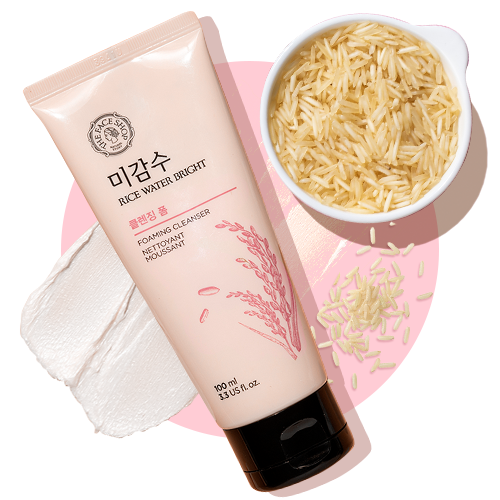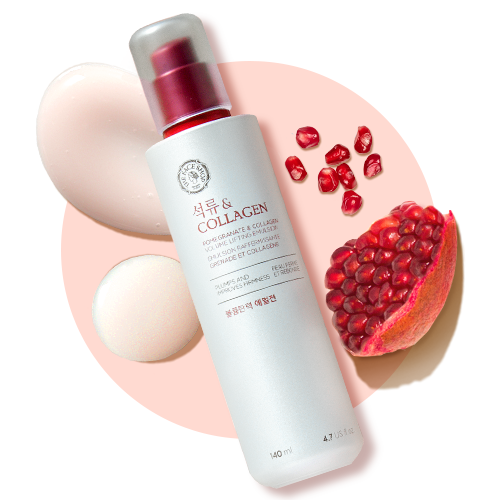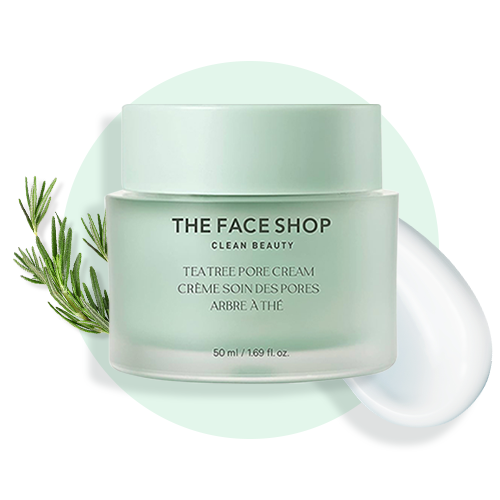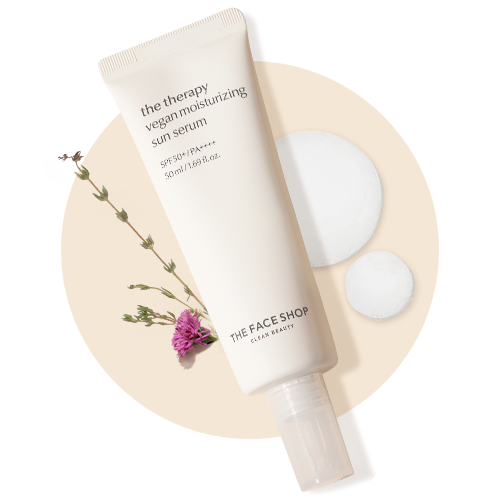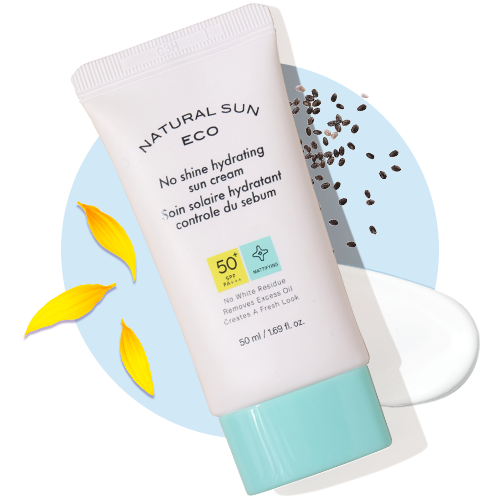As winter's harsh grip loosens and spring beckons with warmer days, many of us eagerly anticipate shedding heavy coats and embracing lighter, brighter days. But while we're updating our wardrobes, are we giving our skincare routines the same seasonal attention? If you're wondering why your skin looks dull, congested, or irritated despite your best efforts, your winter skincare routine might be the culprit.
The transition from winter to spring is one of the most challenging times for our skin, yet it's often overlooked in our beauty routines. Understanding the science behind seasonal skin changes and avoiding common transition mistakes can mean the difference between a radiant spring glow and months of skin frustration.
The Science Behind Seasonal Skin Changes
Our skin is remarkably adaptive, constantly responding to environmental changes in ways we're only beginning to understand. During winter, low humidity levels (often dropping below 30%) cause increased transepidermal water loss (TEWL), leading to compromised barrier function. Your skin compensates by producing more ceramides and natural moisturizing factors, while sebum production typically decreases.
As spring arrives, several factors shift simultaneously: humidity levels rise, UV intensity increases by up to 25%, and temperature fluctuations become more dramatic. These changes trigger your skin to adjust its oil production, cellular turnover rate, and barrier composition. This adaptation period, typically lasting 4-6 weeks, is when most people experience unexpected breakouts, sensitivity, or dullness.
Dermatologists call this phenomenon "seasonal skin lag" – the time it takes for your skin to recalibrate to new environmental conditions. Understanding this process is crucial for making informed decisions about your routine adjustments.
Mistake 1: Clinging to Heavy Winter Formulations
The Problem: That rich, occlusive moisturizer that saved your skin in February becomes a pore-clogging nightmare in March. Heavy winter formulations are designed to create a protective barrier against harsh conditions, but as humidity rises and your skin's natural oil production increases, these products can trap sebum and dead skin cells.
The Science: Research shows that seasonal humidity changes can alter your skin's sebum composition within 2-3 weeks. Spring's increased moisture in the air means your skin needs less external occlusion, making heavy creams counterproductive.
The Solution: Gradually transition to lighter textures over 2-3 weeks. Start by mixing your heavy moisturizer with a lighter serum, then slowly replace it entirely. The [Rice & Ceramide Barrier Repair Combo](https://thefaceshop.in/products/rice-ceramide-barrier-repair-combo) offers an ideal middle ground – providing essential barrier support without the heavy feel that can cause spring congestion.
Mistake 2: Making Abrupt Routine Changes
The Problem: Switching your entire routine overnight shocks your skin, potentially causing irritation, breakouts, or increased sensitivity. Your skin barrier, already adjusting to environmental changes, becomes overwhelmed by sudden product changes.
The Science: Dermatological studies indicate that the skin's adaptation period to new products ranges from 28-45 days. During seasonal transitions, this period can extend due to existing environmental stress on the skin barrier.
The Solution: Implement the "one product per week" rule. Start with your cleanser, as it has the most immediate impact on your skin's daily reset. The [Jeju Aloe Fresh Soothing Cleansing Foam](https://thefaceshop.in/products/jeju-aloe-fresh-soothing-foam-cleanser) provides gentle cleansing that removes winter buildup without stripping your skin's natural protective oils.
Mistake 3: Underestimating Spring Sun Exposure
The Problem: Many people associate sun protection with summer, overlooking spring's deceptively strong UV rays. Spring sun can be particularly damaging because your skin hasn't built up its natural protective mechanisms after months of limited exposure.
The Science: UV intensity increases significantly in spring, with UVA rays (responsible for aging and pigmentation) remaining consistently high year-round. Your skin's melanin production, reduced during winter months, needs time to ramp up, leaving you more vulnerable to damage.
The Solution: Introduce broad-spectrum protection immediately, but choose lightweight formulations that won't feel heavy as temperatures rise. The [Therapy Vegan Moisturizing Sun Serum](https://thefaceshop.in/products/the-therapy-vegan-moisturizing-sun-serum) provides SPF 50+ protection while delivering hydration, making it perfect for spring's variable conditions.
Mistake 4: Improper Exfoliation Approach
The Problem: Winter leaves behind a buildup of dead skin cells, but many people either over-exfoliate (causing barrier damage) or under-exfoliate (leaving skin dull and congested). Both approaches can sabotage your spring glow.
The Science: Winter's reduced cellular turnover rate means dead skin cells accumulate more readily. However, aggressive exfoliation during the sensitive transition period can compromise your barrier function when it's already under stress.
The Solution: Opt for gentle, oil-based exfoliation that dissolves dead skin cells without mechanical abrasion. The [Rice Water Bright Light Cleansing Oil](https://thefaceshop.in/products/rice-water-bright-light-cleansing-oil) contains natural enzymes that gently dissolve winter buildup while nourishing your skin with vitamins and antioxidants.
Mistake 5: Ignoring Barrier Function Changes
The Problem: Seasonal transitions stress your skin barrier, but many people don't adjust their routine to support this crucial protective layer. A compromised barrier leads to increased sensitivity, dehydration, and vulnerability to environmental damage.
The Science: Your skin barrier composition changes seasonally, with ceramide levels fluctuating by up to 30% between winter and spring. Supporting this transition with appropriate ingredients is crucial for maintaining healthy skin function.
The Solution: Prioritize barrier-supporting ingredients like ceramides, niacinamide, and natural moisturizing factors. These ingredients help your skin maintain optimal function during the adjustment period.
Your 4-Week Transition Timeline
Week 1: Replace your cleanser with a gentler, spring-appropriate formula Week 2: Introduce lightweight sun protection Week 3: Transition to lighter moisturizing products Week 4: Add gentle exfoliation and assess your skin's response
How to Identify When Your Routine Needs Changing
Watch for these signs that your winter routine is no longer serving you:
- Products feel heavy or greasy on your skin
- Increased breakouts, especially in your T-zone
- Skin feels congested or looks dull despite regular care
- Products take longer to absorb
- Increased sensitivity or irritation
Lifestyle Factors That Affect Seasonal Transitions
Beyond products, consider these factors:
- Indoor heating: Gradually reduce reliance on heavy indoor heating
- Hydration: Increase water intake as activity levels rise
- Diet: Incorporate seasonal antioxidants from spring produce
- Sleep: Maintain consistent sleep schedules despite longer days
Conclusion: Your Action Plan for Radiant Spring Skin
Successful seasonal skincare transitions aren't about completely overhauling your routine – they're about understanding your skin's changing needs and responding thoughtfully. By avoiding these five common mistakes and implementing gradual, science-backed changes, you can support your skin through this natural adaptation period.
Remember, the goal isn't perfection but progress. Listen to your skin, make adjustments gradually, and don't hesitate to seek professional advice if you experience persistent issues. Your spring glow is waiting – it just needs the right support to shine through.
Key Takeaways:
- Transition gradually over 4 weeks, not overnight
- Prioritize barrier support during seasonal changes
- Adjust product textures before changing active ingredients
- Never skip sun protection, especially in spring
- Listen to your skin's signals and adjust accordingly
With patience, knowledge, and the right approach, you can master seasonal skincare transitions and enjoy healthy, glowing skin year-round.
